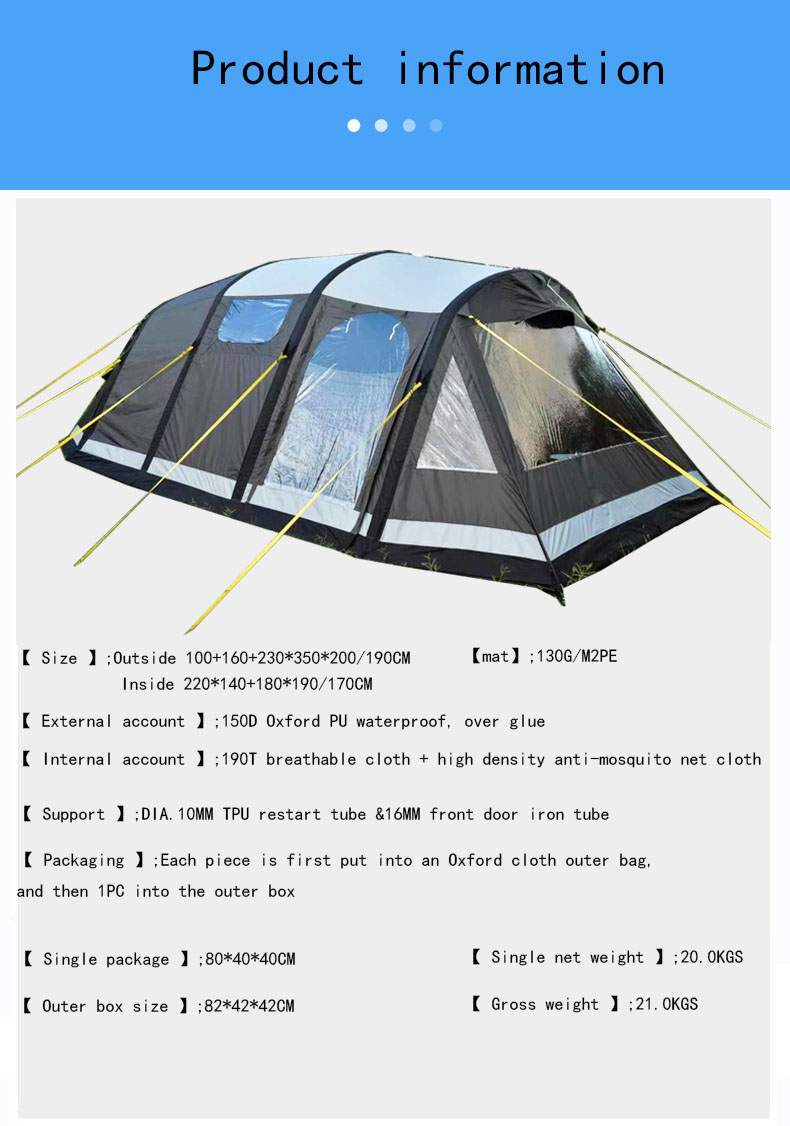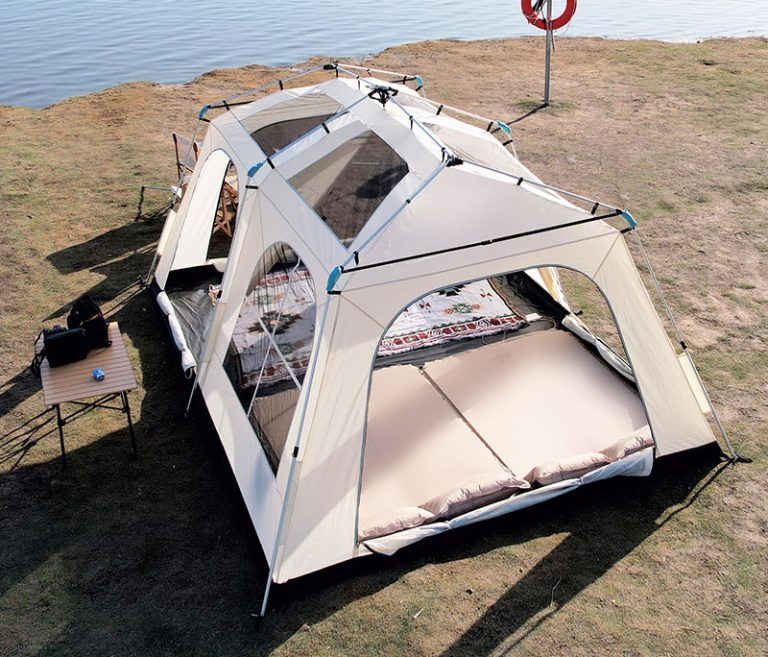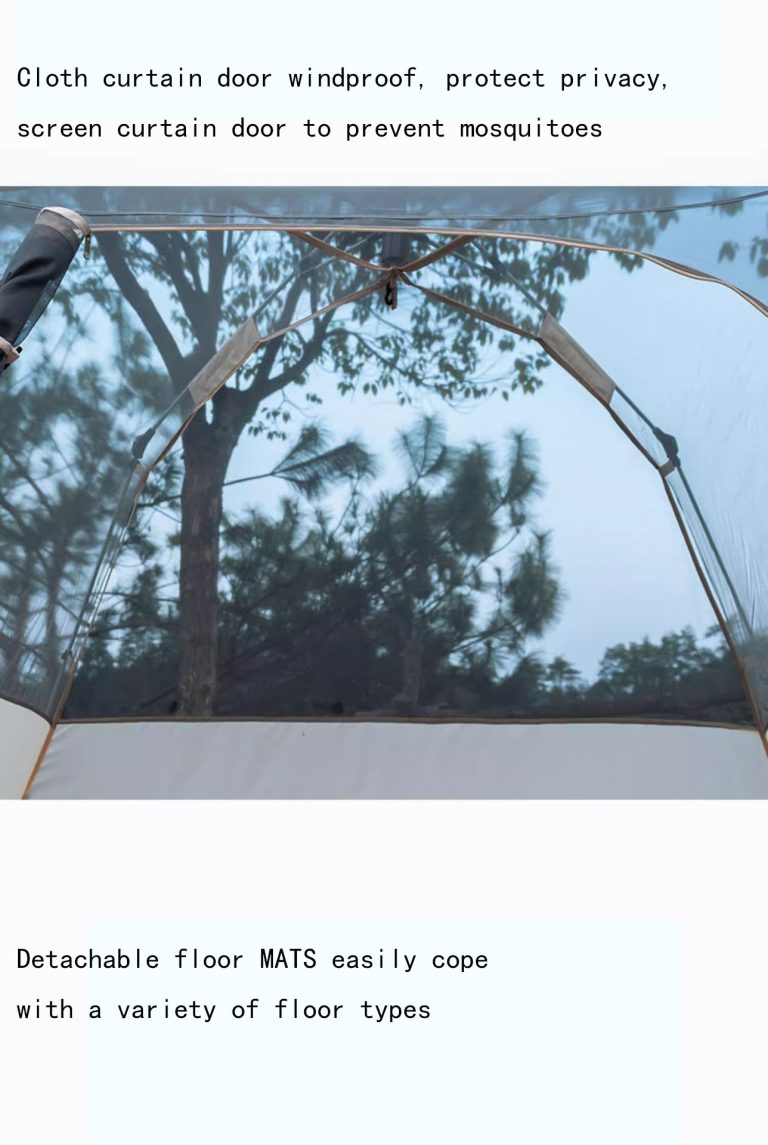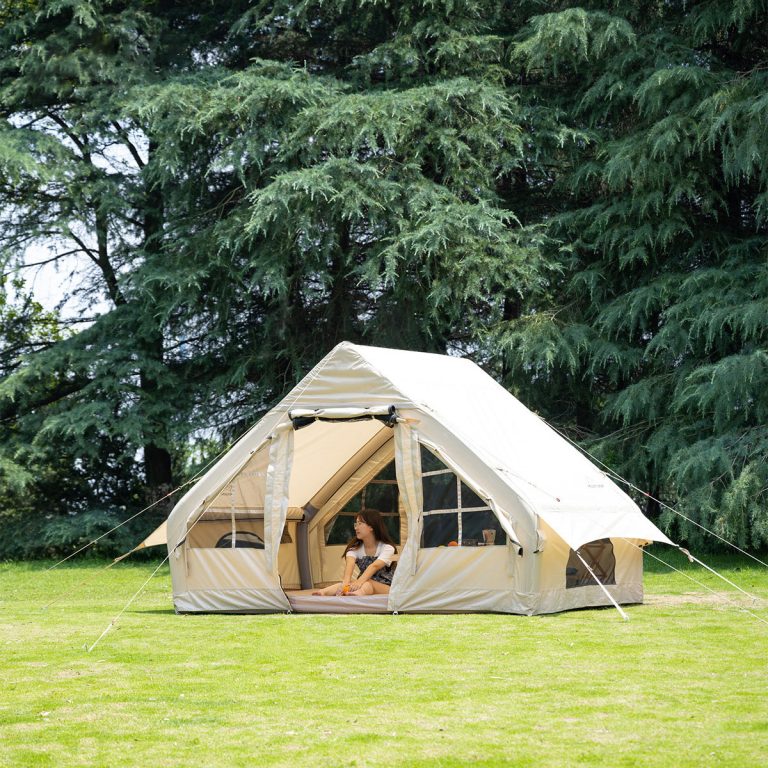Table of Contents
Choosing the Right Location for Your Greatland Outdoors Tent
Setting up a tent can be a daunting task, especially if you are not familiar with the process. However, with the right guidance and a little bit of practice, you can easily set up a Greatland Outdoors tent in no time. One of the most important steps in setting up a tent is choosing the right location. The location you choose can greatly impact your camping experience, so it is important to carefully consider where you will pitch your tent. When choosing a location for your Greatland Outdoors tent, there are a few key factors to keep in mind. First and foremost, you will want to find a flat and level surface to pitch your tent on. This will ensure that your tent is stable and secure, and will help prevent any discomfort while sleeping. Look for a spot that is free of rocks, roots, and other debris that could potentially damage your tent or make for an uncomfortable sleeping surface. In addition to finding a flat surface, you will also want to consider the terrain of the area where you will be camping. If you are camping in a windy area, you may want to look for a spot that is sheltered from the wind to prevent your tent from being blown over. Similarly, if you are camping in a hot climate, you may want to find a spot that offers some shade to keep your tent cool during the day.| pyramid tent | canopy tent | Ridge tent | hiking tent |
| dome tent | teepee tent | yurt tent | inflatable tent |
| tunnel tent | ball tent | Park tent | tailgate tent |
 When setting up your tent, it is also important to consider the direction of the sun. If you are camping in a hot climate, you may want to pitch your tent so that the entrance is facing away from the sun to keep the interior of your tent cool. On the other hand, if you are camping in a cooler climate, you may want to pitch your tent so that the entrance is facing the sun to maximize warmth.
Overall, choosing the right location for your Greatland Outdoors tent is crucial to ensuring a comfortable and enjoyable camping experience. By considering factors such as terrain, wind, water sources, and sun exposure, you can find the perfect spot to pitch your tent. Take the time to carefully scout out potential locations before setting up your tent, and you will be rewarded with a cozy and secure camping spot.
When setting up your tent, it is also important to consider the direction of the sun. If you are camping in a hot climate, you may want to pitch your tent so that the entrance is facing away from the sun to keep the interior of your tent cool. On the other hand, if you are camping in a cooler climate, you may want to pitch your tent so that the entrance is facing the sun to maximize warmth.
Overall, choosing the right location for your Greatland Outdoors tent is crucial to ensuring a comfortable and enjoyable camping experience. By considering factors such as terrain, wind, water sources, and sun exposure, you can find the perfect spot to pitch your tent. Take the time to carefully scout out potential locations before setting up your tent, and you will be rewarded with a cozy and secure camping spot.Tips for Properly Setting Up and Securing Your Greatland Outdoors Tent
Setting up a Greatland Outdoors tent can be a straightforward process if you follow the proper steps and take your time to ensure everything is done correctly. Whether you are a seasoned camper or a beginner, it is essential to know how to set up your tent properly to ensure a comfortable and safe camping experience. The first step in setting up your Greatland Outdoors tent is to find a suitable location. Look for a flat and level area free of rocks, sticks, and other debris that could potentially damage the tent floor. It is also essential to consider the direction of the wind and position the tent so that the door is facing away from the prevailing wind to prevent drafts. Once you have found the perfect spot, lay out the tent body and unfold it completely. Make sure all the poles are intact and in good condition before assembling them. Start by inserting the poles into the corresponding sleeves or clips on the tent body, following the manufacturer’s instructions carefully. Be gentle when inserting the poles to avoid bending or breaking them.
After the poles are in place, lift the tent body and start securing it to the ground. Most Greatland Outdoors tents come with stakes that should be driven into the ground at a 45-degree angle to provide maximum stability. Make sure the tent is taut and all corners are properly staked down to prevent it from shifting or collapsing in windy conditions.
Next, attach the rainfly to the tent body if your model includes one. The rainfly is essential for protecting the tent from rain and providing additional insulation. Make sure the rainfly is securely attached and covers the entire tent body to ensure maximum protection from the elements.
Once the tent is set up, it is essential to properly secure it to prevent it from shifting or collapsing in adverse weather conditions. Use additional guy lines and stakes if necessary to reinforce the tent’s stability. Check the tension of the guy lines regularly and adjust them as needed to keep the tent secure.
Once you have found the perfect spot, lay out the tent body and unfold it completely. Make sure all the poles are intact and in good condition before assembling them. Start by inserting the poles into the corresponding sleeves or clips on the tent body, following the manufacturer’s instructions carefully. Be gentle when inserting the poles to avoid bending or breaking them.
After the poles are in place, lift the tent body and start securing it to the ground. Most Greatland Outdoors tents come with stakes that should be driven into the ground at a 45-degree angle to provide maximum stability. Make sure the tent is taut and all corners are properly staked down to prevent it from shifting or collapsing in windy conditions.
Next, attach the rainfly to the tent body if your model includes one. The rainfly is essential for protecting the tent from rain and providing additional insulation. Make sure the rainfly is securely attached and covers the entire tent body to ensure maximum protection from the elements.
Once the tent is set up, it is essential to properly secure it to prevent it from shifting or collapsing in adverse weather conditions. Use additional guy lines and stakes if necessary to reinforce the tent’s stability. Check the tension of the guy lines regularly and adjust them as needed to keep the tent secure.





